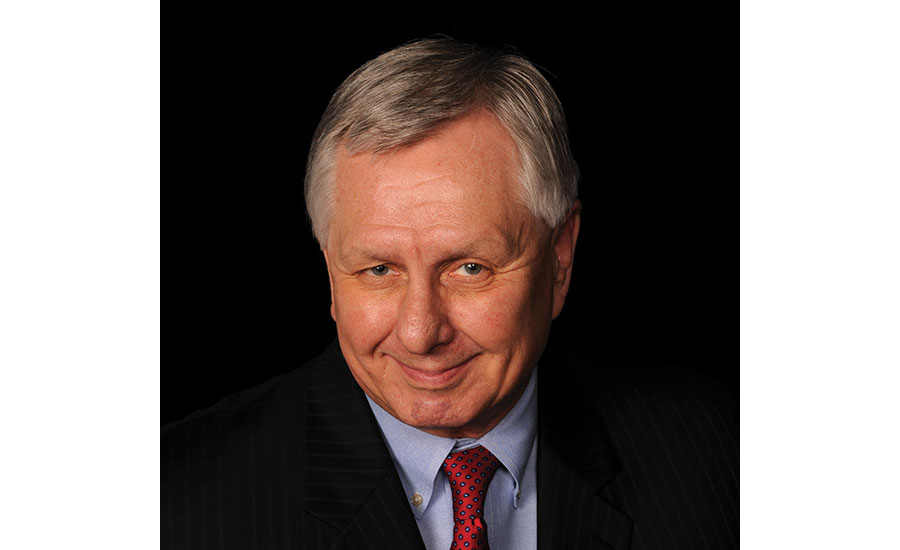Welcome to what CNBC recently dubbed the “homebody economy.”

The long-discussed stay-at-home trend just received a triple shot of adrenalin, thanks to COVID-19. Lockdowns, social distancing and fear jumpstarted a trend that started with Millennials and Gen Z and blew it up to become the new American culture phenomenon… at least for now.
A growing customer preference for at-home activity is just one of many business challenges currently facing gaming resorts. Indeed, most casino facilities are still operating at lowered capacity. Restaurants, nightclubs, shows and bars are shut down or operating under severe social-distancing restraints. Thousands of buffet covers previously provided are dead in the water along with thousands of visits.
Marketers are charging ahead without the usual toolbox of mass-market techniques.
Somehow, casino marketing department wizards are performing the magic trick of generating revenue and a bottom line with half the occupancy. Casinos, resorts, and hospitality long existed as mass-market creatures. The days of operating through crowd jamming are temporarily over.
A NEW VISION
Bringing in high-return customers over crowds is now the rule of order for casino marketing departments. As casinos, spas and hotels suffer from low occupancy, the adage, “It’s the gambling, stupid,” takes on new meaning. Casino and resort marketing departments are charged with redefining a new goal and setting a new vision. Here are some items to consider during this rebuilding process:
The future without a past—Until a few months ago, casino database departments followed data trends that went back years. If database mavens wanted to uncover a developing change, they dove into a pool of data that went back to the original Apple desktop. Now the trends go “all the way” back to March 2020.
The interesting challenge is how do you find the customers who continue to return and those that will not? The reasons for staying at home are many. The driving factors are the twin dragons of health concerns and reduced discretionary spending.
The database wizards of the industry are flying blind without the net created by years of dependable history. The challenge is how to uncover new trends and predict the future without a past.
Enter the faders—By necessity, database departments must quickly identify recent inactivity in guests who were formally dependable. The question becomes how to decide. Fewer guests are returning fewer times but sometimes spending more.
What should be the criteria for faders? Is it the loss of revenue from guests or loss of trips? The first order is to identify who is not returning over a brief timeframe. The second is to develop a trigger that identifies those who may be holding back but can be motivated to return.
Homebody digital marketing—Since marketers are charged with finding a gaming focus, digital marketing is, by nature, a fit for the new marketing vision. Digital marketing combined with direct marketing data can target gamers and give your property a competitive edge.
Geofencing the competition and your own database’s recent inactives can be an effective, targeted strategy when you most need a targeted gaming-centric strategy. While traditional media casts a wide net to bring in gamers, digital marketing can be used to motivate those with a commitment to gaming at your property.
Empowering player development—Targeting known players is high on the list for marketing. Keeping your player development team in contact with existing players will pay dividends now and in the future. VIP events, however, are a different story. As states mandate restricted levels of assembly, the ability to keep 300 of your best guests in a non-social distancing space is not advisable. The hard work for player development is to create more frequent, smaller events. An increase in continuity programs through merchandise and closed high-segment contests driven y the database may be the immediate future for player development.
The staycation is the new vacation—For regional casinos and resorts, there is some good news on the horizon. Industrywide research is showing markets drifting sharply away from air travel and toward and local travel. The staycation is the new vacation.
Seat backs upright and tabletops in locked position is being replaced by an inclination to get into the SUV and drive to the fun. If you have the amenities, your casino resort can capitalize on the short getaway. If you don’t, gaming is a getaway you can sell for a short break from grim reality.
Homebody heaven—While the country is waiting for a vaccine in homebody heaven, casino marketers are hard at work conjuring ROI out of half capacity. Finding the magic mix of marketing strategy in a pandemic is a combination of focus and gaming-centric targeting. The task for database managers and analysts is to develop new visions with little to go on. Digital marketing is blazing a new path towards uncovering targeted markets. Player development is finding new meaning in the old tactic of one on one marketing. The staycation trend just might help marketers who embrace the local wave.
As we experiment and embrace change, remember that the “great lockdown” will produce fun-seekers when the pandemic wave breaks. For now, embrace the trials and defy the test with new thinking.